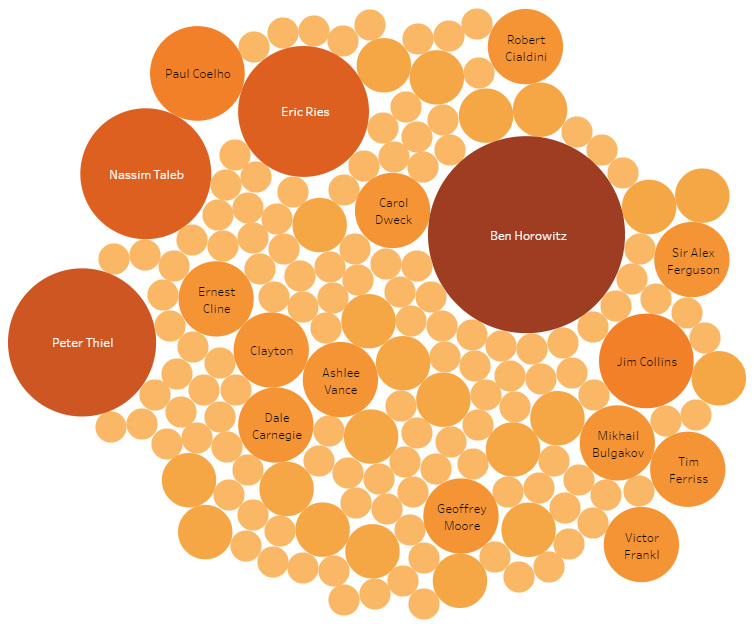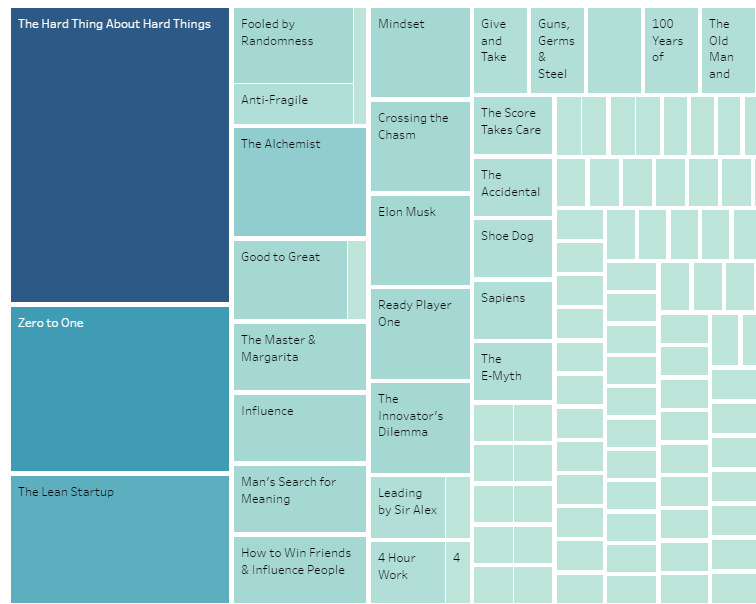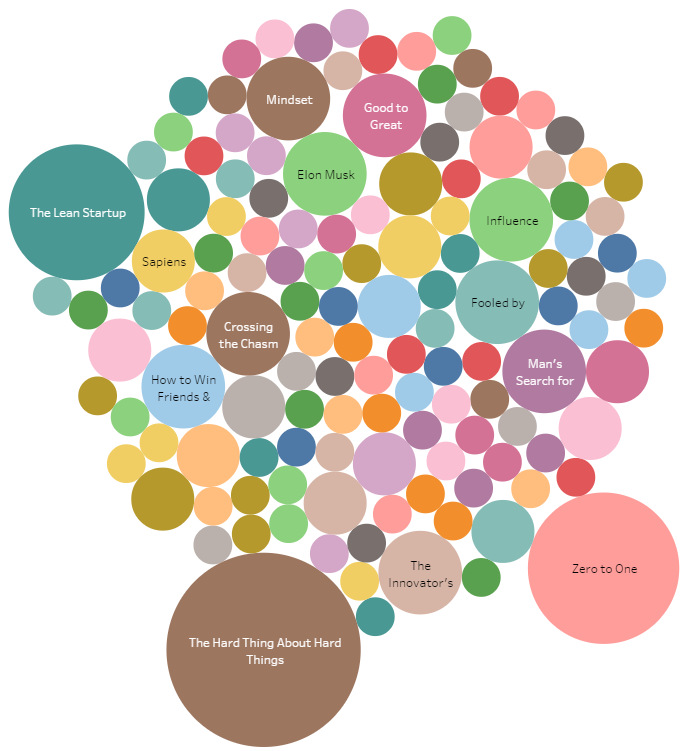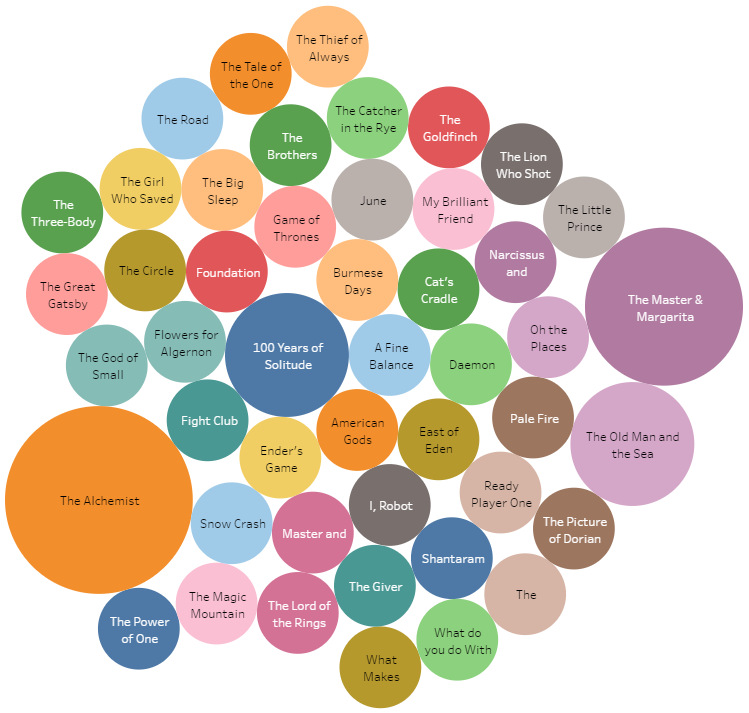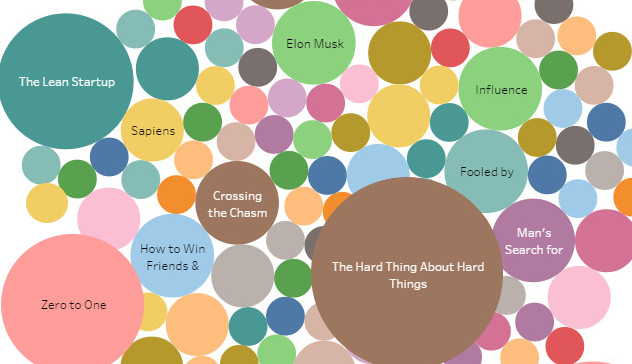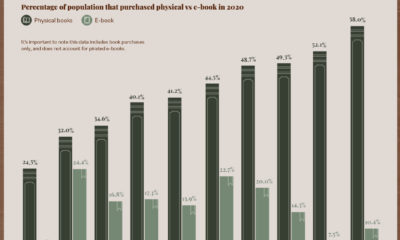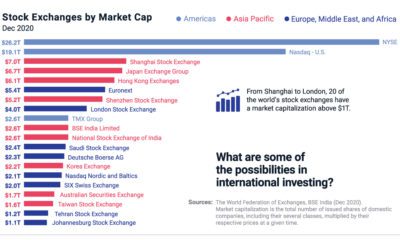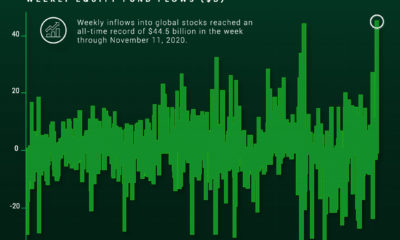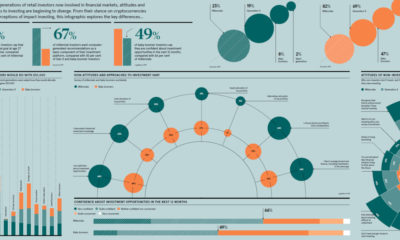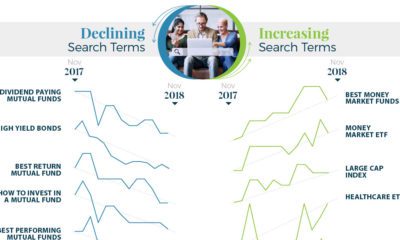Some of them, such as Marc Andreessen or Josh Kopelman, come from an operating background as former entrepreneurs themselves. They know what it takes to build a great company, and they use that knowledge to try and spot the next Mark Zuckerberg or Evan Spiegel to place a bet on. Other venture capitalists come at it from a more institutional angle. Mary Meeker, for example, spent a lot of time on Wall Street before making the move to Silicon Valley. She covered technology research for investment banks such as Salomon Brothers and Morgan Stanley, and helped lead famous IPOs for companies like Netscape and Google. However, despite the differences in the backgrounds and approaches of top VCs, there does seem to be at least one commonality: they tend to be exceptionally well-read. Every new book helps arm them with knowledge, some of which could help give them the edge on their next deal or investment.
The favorite books of top startup investors
Joe Hovde, from the Ramen Profitable blog, collected data from the interviews of every venture capitalist and entrepreneur featured on the popular Twenty Minute VC podcast. Each guest on the podcast is asked to provide a book recommendation, and Hovde has visualized this information. The most cited authors include Ben Horowitz, Eric Ries, Nassim Taleb, and Peter Thiel
Ben Horowitz and Peter Thiel are fellow venture capitalists, while Eric Ries developed the “lean startup” methodology based on his experiences advising startups. Nassim Taleb is a mathematician, philosopher, and former trader that is best-known for popularizing the ideas of “black swans” and “antifragility”. The most cited book overall is easily The Hard Things About Hard Things by Ben Horowitz
Ben Horowitz’s book The Hard Things About Hard Things covers Ben’s early trials and tribulations as a co-founder of Loudcloud, which almost imploded multiple times during the Dotcom Bust. Eventually the company pivoted to enterprise software and was sold to HP for $1.7 billion in 2007, proving to ultimately be a success. The book cuts right to the hard facts about entrepreneurship and building companies, relating back to the challenges faced in Ben’s previous endeavors. The most popular non-fiction books also include Zero to One and The Lean Startup
Other titles that got some love from VCs: Nassim Taleb’s Fooled by Randomness and Good to Great by Jim Collins. The two most popular fiction titles are The Alchemist and The Master and Margarita
Paulo Coelho’s The Alchemist is considered a modern classic by many. It tells the story of Santiago, an Andalusian shepherd boy who one night dreams of a distant treasure in the Egyptian pyramids. He leaves Spain to pursue his dream, and discovers himself along the way. The Master and Margarita, a novel by Russian writer Mikhail Bulgakov, is another modern masterpiece. Written during the darkest days of Stalin’s reign, it is a satirical take on the Soviet Union that uses a visit by the Devil as a literary vehicle to tell the tale. What are the books that have influenced you the most?
on Even while political regimes across these countries have changed over time, they’ve largely followed a few different types of governance. Today, every country can ultimately be classified into just nine broad forms of government systems. This map by Truman Du uses information from Wikipedia to map the government systems that rule the world today.
Countries By Type of Government
It’s important to note that this map charts government systems according to each country’s legal framework. Many countries have constitutions stating their de jure or legally recognized system of government, but their de facto or realized form of governance may be quite different. Here is a list of the stated government system of UN member states and observers as of January 2023: Let’s take a closer look at some of these systems.
Monarchies
Brought back into the spotlight after the death of Queen Elizabeth II of England in September 2022, this form of government has a single ruler. They carry titles from king and queen to sultan or emperor, and their government systems can be further divided into three modern types: constitutional, semi-constitutional, and absolute. A constitutional monarchy sees the monarch act as head of state within the parameters of a constitution, giving them little to no real power. For example, King Charles III is the head of 15 Commonwealth nations including Canada and Australia. However, each has their own head of government. On the other hand, a semi-constitutional monarchy lets the monarch or ruling royal family retain substantial political powers, as is the case in Jordan and Morocco. However, their monarchs still rule the country according to a democratic constitution and in concert with other institutions. Finally, an absolute monarchy is most like the monarchies of old, where the ruler has full power over governance, with modern examples including Saudi Arabia and Vatican City.
Republics
Unlike monarchies, the people hold the power in a republic government system, directly electing representatives to form government. Again, there are multiple types of modern republic governments: presidential, semi-presidential, and parliamentary. The presidential republic could be considered a direct progression from monarchies. This system has a strong and independent chief executive with extensive powers when it comes to domestic affairs and foreign policy. An example of this is the United States, where the President is both the head of state and the head of government. In a semi-presidential republic, the president is the head of state and has some executive powers that are independent of the legislature. However, the prime minister (or chancellor or equivalent title) is the head of government, responsible to the legislature along with the cabinet. Russia is a classic example of this type of government. The last type of republic system is parliamentary. In this system, the president is a figurehead, while the head of government holds real power and is validated by and accountable to the parliament. This type of system can be seen in Germany, Italy, and India and is akin to constitutional monarchies. It’s also important to point out that some parliamentary republic systems operate slightly differently. For example in South Africa, the president is both the head of state and government, but is elected directly by the legislature. This leaves them (and their ministries) potentially subject to parliamentary confidence.
One-Party State
Many of the systems above involve multiple political parties vying to rule and govern their respective countries. In a one-party state, also called a single-party state or single-party system, only one political party has the right to form government. All other political parties are either outlawed or only allowed limited participation in elections. In this system, a country’s head of state and head of government can be executive or ceremonial but political power is constitutionally linked to a single political movement. China is the most well-known example of this government system, with the General Secretary of the Communist Party of China ruling as the de facto leader since 1989.
Provisional
The final form of government is a provisional government formed as an interim or transitional government. In this system, an emergency governmental body is created to manage political transitions after the collapse of a government, or when a new state is formed. Often these evolve into fully constitutionalized systems, but sometimes they hold power for longer than expected. Some examples of countries that are considered provisional include Libya, Burkina Faso, and Chad.
